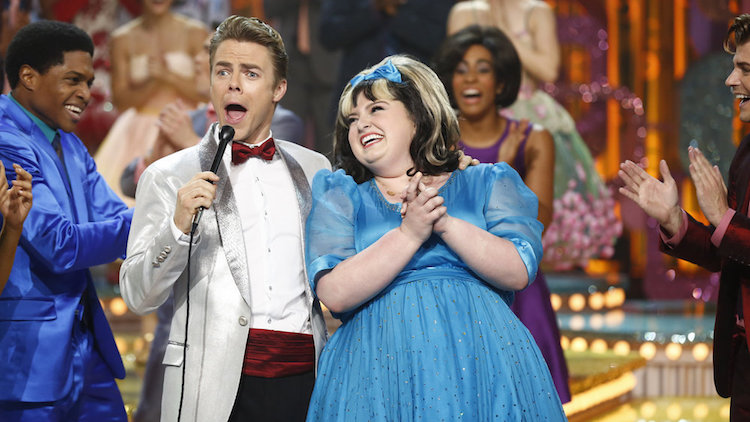CES 2017: Linear TV Needs New Advertising Models

Digital disruption of the TV business might eliminate some forms of mass media advertising but will create opportunities to do one-on-one marketing and programming.
At a panel at CES in Las Vegas Thursday presented by MediaLink, top network and marketing executives talked about how their businesses were rapidly changing.
The transition from a pure wholesaler “to a consumer focused business changes your entire culture and your thought process. It’s an amazing opportunity,” said Randy Freer, president and COO of the Fox Networks Group. “It’s a huge opportunity to diversify our business and get closer to the consumer.”
Networks have to think about the consumer as more than a Nielsen ratings point, Freer said. Heavy commercial loads have made linear TV a “crappy consumer experience.”
Employing more of a one-to-one approach would serve “consumers who love our brand” and Fox would be able to connect those viewers with advertisers.”
Freer added that there needed to be a more consistent form of audience measurement, noting that there are more advertising impressions generated during 10 minutes of NFL football than in a year on Facebook, despite Facebook’s huge user numbers.
“The power being in the consumer's hands makes you look at your content and how you distribute it very differently,” added Linda Yaccarino, chairman of advertising sales and client partnerships at NBCUniversal.
The smarter way to stay on top of broadcasting and cable industry. Sign up below
She noted that NBCU was creating different content with Jimmy Fallon for airing on the Tonight Show, when he hosts the Golden Globes, for his YouTube channel and his Snapchat channel.
With its size, NBCU is also responsible for helping to evolve TV advertising formats, and during the recent broadcast of Hairspray Live! on NBC, there were live ads, there was branded content, and there were picture-in-picture ads that allowed viewers to watch both what was going on behind the scenes at the production as well as an advertiser message.
“The early data we’re getting back is it was a grand slam home run, across awareness, likeability and consumer experience,” she said.
NBC has also cut back the ad load in Saturday Night Live by 30% Yaccarino added. “We had to put our money where our mouth is,” she said. She said viewers 18-34 have reacted positively to getting branded content instead of commercials—especially when the branded content is produced by the same people creating the show.
“That’s when the magic happens,” she said.
Advertisers see opportunities in a changing TV ecosystem.
“We can stop sending messages to people who don’t want to hear from us,” said Roel de Vries, corporate VP of marketing, communications and brand strategy, Nissan Motor Corporation.
With more control, “consumers behave in the way they want to behave and consume what they want to consume,” he added. They no longer have to watch on the networks’ schedules. “Those days are over,” he said.
In order to thrive in the new environment, “we need to get much closer to media owners. We need to work in partnership. We need to change the agency structure and how we allocate budgets,” de Vries said. “I fear we are not moving fast enough. The consumer is ahead of us. Our world has become very complex and we have to catch up.”
“I don’t need to deliver a Zyrtec ad to someone who does not have allergies,” added Alison Lewis, CMO at Johnson & Johnson.
But Lewis said there was hope for the traditional networks. “I do believe the ones that have traditional disrupted could be the disruptors in the future,” she said, noting that it would take leadership that takes risks to achieve.
Jon has been business editor of Broadcasting+Cable since 2010. He focuses on revenue-generating activities, including advertising and distribution, as well as executive intrigue and merger and acquisition activity. Just about any story is fair game, if a dollar sign can make its way into the article. Before B+C, Jon covered the industry for TVWeek, Cable World, Electronic Media, Advertising Age and The New York Post. A native New Yorker, Jon is hiding in plain sight in the suburbs of Chicago.

